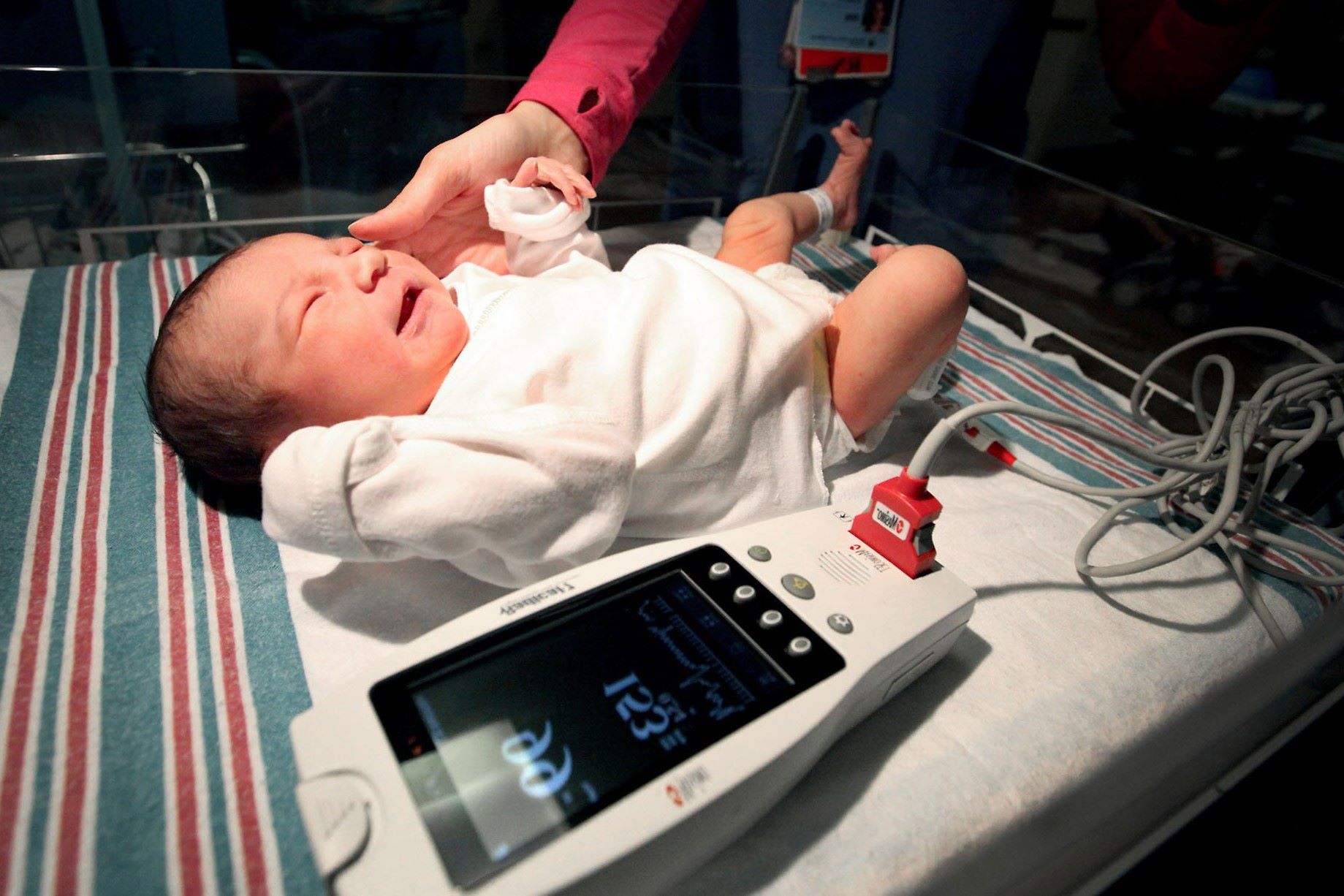
Smith Martin Dodd Syndrome might sound like a complex term, but understanding it can be straightforward. This rare genetic disorder affects various parts of the body, leading to unique challenges for those diagnosed. Symptoms often include developmental delays, distinct facial features, and possible heart defects. While the condition is rare, knowing more about it can help in recognizing signs early and seeking appropriate care. Genetic mutations are the primary cause, and early diagnosis can make a significant difference in managing the condition. Let’s dive into 30 intriguing facts about Smith Martin Dodd Syndrome to shed light on this rare disorder.
Key Takeaways:
- Smith Martin Dodd Syndrome is a rare genetic disorder with distinct physical and developmental characteristics, impacting growth, intellectual abilities, and behavior. While there's no cure, treatments like therapy and medication can help manage symptoms.
- Ongoing research and international collaboration offer hope for understanding and treating Smith Martin Dodd Syndrome. Personal stories and support networks provide valuable insights and inspiration for individuals and families facing this rare condition.
What is Smith Martin Dodd Syndrome?
Smith Martin Dodd Syndrome (SMDS) is a rare genetic disorder that affects multiple systems in the body. It is characterized by a combination of physical, developmental, and sometimes behavioral abnormalities. Let's dive into some fascinating facts about this condition.
-
Rare Genetic Disorder: SMDS is extremely rare, with only a few documented cases worldwide.
-
Genetic Mutation: The syndrome is caused by mutations in a specific gene, which affects normal development.
-
Inheritance Pattern: SMDS is typically inherited in an autosomal dominant pattern, meaning only one copy of the mutated gene is needed to cause the disorder.
-
Physical Characteristics: Individuals with SMDS often have distinct facial features, such as a broad forehead, wide-set eyes, and a small chin.
-
Developmental Delays: Children with SMDS may experience delays in reaching developmental milestones like walking and talking.
Symptoms and Diagnosis
Understanding the symptoms and how SMDS is diagnosed can help in managing the condition better. Here are some key points:
-
Growth Retardation: Many children with SMDS have below-average growth rates.
-
Intellectual Disability: Some individuals may have mild to moderate intellectual disabilities.
-
Behavioral Issues: Behavioral problems, including hyperactivity and attention deficits, are common.
-
Medical Imaging: Diagnosis often involves medical imaging techniques like MRI to identify structural abnormalities in the brain.
-
Genetic Testing: Confirmatory diagnosis is usually done through genetic testing to identify the specific mutation.
Treatment and Management
While there is no cure for SMDS, various treatments can help manage the symptoms. Here are some methods:
-
Physical Therapy: Physical therapy can help improve motor skills and muscle strength.
-
Speech Therapy: Speech therapy is beneficial for those with speech and language delays.
-
Occupational Therapy: Occupational therapy can assist in developing daily living skills.
-
Medication: Medications may be prescribed to manage behavioral issues and other symptoms.
-
Regular Monitoring: Regular medical check-ups are essential to monitor growth and development.
Impact on Daily Life
Living with SMDS can be challenging, but understanding its impact can help in better management. Here are some aspects:
-
Educational Support: Special education programs can provide tailored learning experiences.
-
Social Interaction: Encouraging social interaction can help improve social skills and reduce isolation.
-
Family Support: Families may benefit from counseling and support groups.
-
Adaptive Equipment: Use of adaptive equipment can enhance mobility and independence.
-
Community Resources: Access to community resources and services can provide additional support.
Research and Future Directions
Ongoing research aims to better understand SMDS and develop new treatments. Here are some exciting developments:
-
Gene Therapy: Researchers are exploring gene therapy as a potential treatment option.
-
Clinical Trials: Clinical trials are being conducted to test new medications and therapies.
-
Biomarker Identification: Identifying biomarkers can help in early diagnosis and targeted treatment.
-
Patient Registries: Patient registries are being created to collect data and improve understanding of the syndrome.
-
International Collaboration: Researchers worldwide are collaborating to share knowledge and resources.
Personal Stories and Experiences
Hearing from those affected by SMDS can provide valuable insights and inspiration. Here are some personal experiences:
-
Parent Testimonials: Parents often share their journeys and coping strategies.
-
Patient Stories: Individuals with SMDS share their challenges and triumphs.
-
Support Networks: Many find comfort and advice through online support networks.
-
Advocacy Efforts: Families and individuals advocate for more research and awareness.
-
Inspirational Stories: Stories of overcoming obstacles and achieving goals inspire others facing similar challenges.
Final Thoughts on Smith Martin Dodd Syndrome
Smith Martin Dodd Syndrome, a rare genetic disorder, affects many aspects of life. Understanding its symptoms, causes, and treatments can make a big difference for those living with it. Early diagnosis helps manage the condition better, improving quality of life. Genetic counseling offers families crucial support and information.
Research continues to uncover new insights, offering hope for better treatments. Awareness and education about this syndrome are vital. They help reduce stigma and provide support for affected individuals and their families.
If you or someone you know is dealing with Smith Martin Dodd Syndrome, seek medical advice and support groups. Staying informed and connected can make a world of difference. Remember, knowledge is power. By learning more, we can all contribute to a more inclusive and understanding world for those with this condition.
Frequently Asked Questions
Was this page helpful?
Our commitment to delivering trustworthy and engaging content is at the heart of what we do. Each fact on our site is contributed by real users like you, bringing a wealth of diverse insights and information. To ensure the highest standards of accuracy and reliability, our dedicated editors meticulously review each submission. This process guarantees that the facts we share are not only fascinating but also credible. Trust in our commitment to quality and authenticity as you explore and learn with us.
